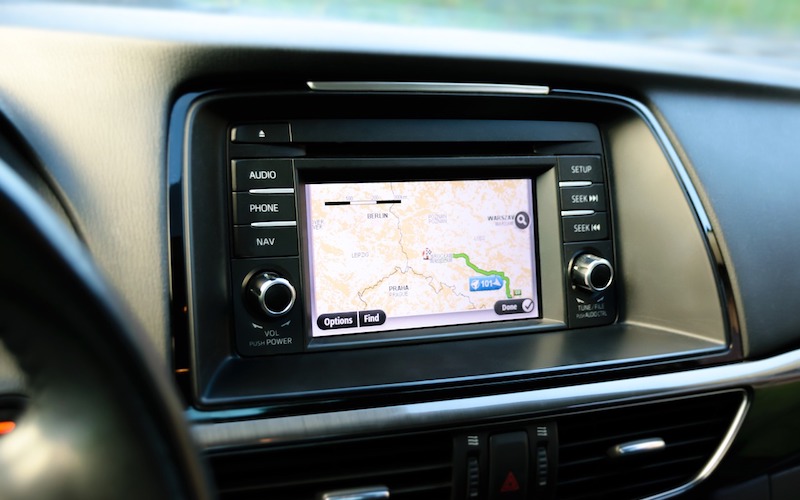With a market that is expected to exceed $37 billion in the U.S. by 2023, the future of connected-car services is bright with possibilities.
Imagine your car knowing your route to work, suggesting stops along the way for coffee, dinner, gas, etc., and then providing you with a coupon to save you money. Go one step further and imagine using your in-car infotainment system to place and pay for your dinner order, then pulling up and having your food ready when you arrive.
The one hiccup, of course, is who exactly is paying for the in-car connectivity of the future? As OEMs add connected services, it increases costs. And, so far, consumers are unwilling to pay, quickly cancelling their satellite radio or safety service as soon as their complimentary trial expires.
With consumers armed with smartphones that can offer many of the same services as an in-car infotainment system, how can OEMs offer an enhanced experience that engages drivers without breaking the bank themselves?
Making Connected-Car Services More Affordable
To keep costs low for both consumers and OEMs, OEMs need to open their infotainment systems to brands looking to provide contextual, personalized engagement with consumers.
Americans spend a lot of time driving to and from work, so it’s no surprise that they also spend a lot of money during their commutes. According to The Digital Drive Report by PYMNTS and Visa, commuters spend approximately $212 billion annually. So, as demand for connected vehicles continues to grow, so does ad revenue. By partnering with brands looking to reach consumers on the go, OEMs can use in-car ads and commerce to offset the costs of maintaining and managing connected services in their vehicles.
Related: 4 Ways Chatbots Will Revolutionize the Automotive Industry
Adding Value for Consumers
For this in-car monetization model to work, OEMs will need to deliver personalized, relevant experiences for drivers that help them save time, save money, stay safe, and reduce stress. The secret to making this work is through the collection and analysis of vehicle data.
Using vehicle data will not only allow OEMs to offer improved, real-time map and navigation systems that help drivers avoid unsafe road conditions and delay, but it will also help deliver contextual and predictive in-car offers that help – and not annoy – drivers. From a context and value perspective, relevant recommendations, such as coupons or a prompt to order coffee on the way to work, can be delivered to customers based on anonymized information from the vehicle, including frequently traveled routes, typical destinations, and time of day. Running late for dinner? A recommendation can help a driver safely order and pick up a pizza on the way home. Low on gas? Drivers can be alerted of nearby stations along their route, potentially with discount offers.
Making Safety a Priority
We’ve all looked out our car windows to see the driver who is distracted while trying to open a phone-based map app. To ensure driver safety, in-car infotainment systems should only show ads when the vehicle is stopped, such as when the car first starts or upon arrival. Ads should automatically disappear whenever the car is in motion or when users interact with other in-dash functions, such as music or phone calls, thereby ensuring a positive user-experience.
Looking Ahead
Connected cars are the future. Gartner predicts that the market penetration of connected cars on the road will increase from 39 percent in 2018 to over 80 percent by 2022. This means that consumers will soon rely on in-car infotainment systems as much as their mobile devices. Today, however, the road is still a little bumpy for consumers, who are leery of this shift, and OEMs, who are trying to figure out how to make connected cars cost effective.
As OEMs continue to introduce new services, such as in-car ads and in-car commerce, the path forward will become smoother, and consumers will soon begin to enjoy a much more connected ride.











